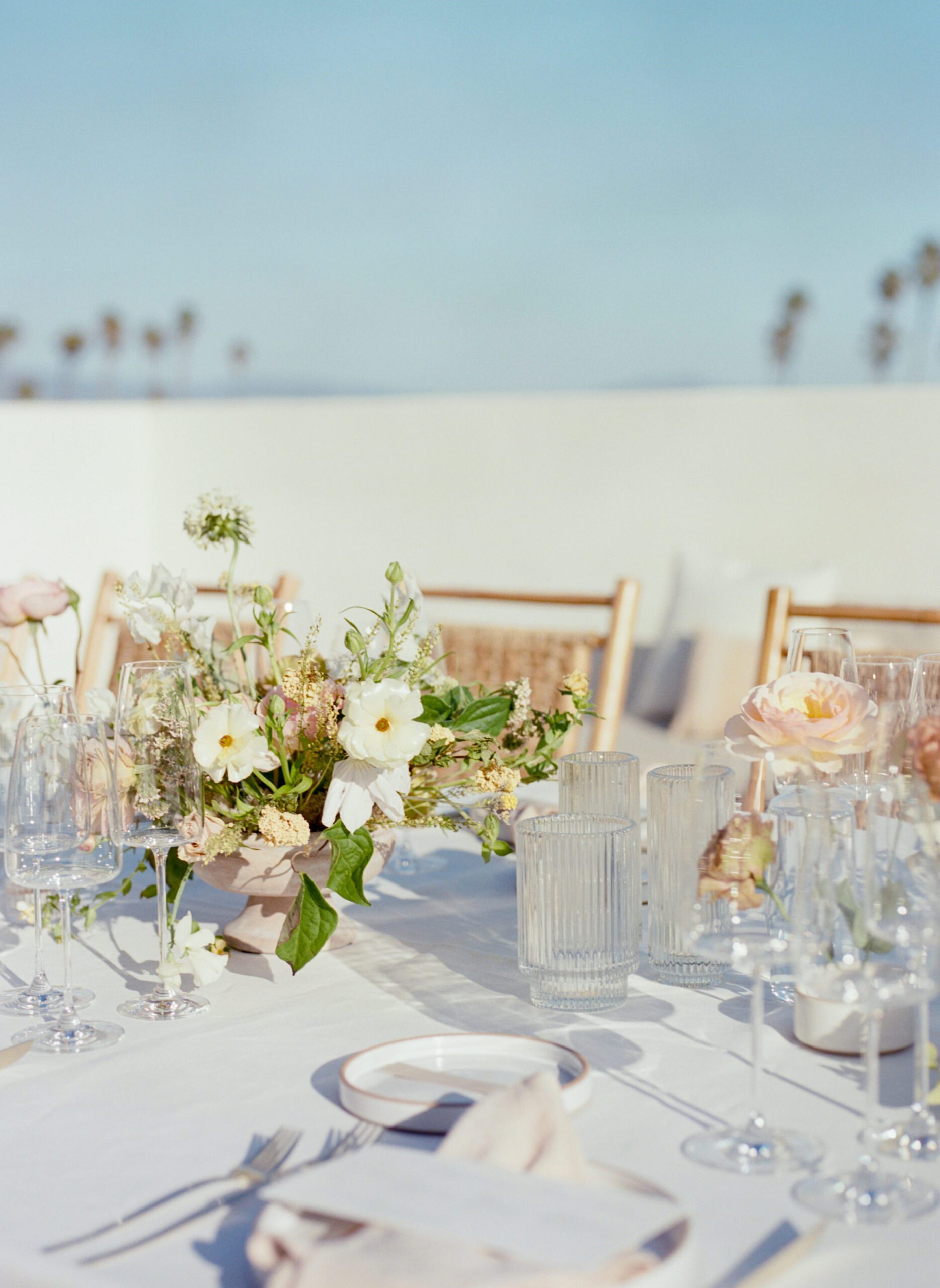There’s something delightfully communal and aesthetically pleasing about a charcuterie board, making it the perfect centerpiece for gatherings, whether it’s a casual get-together or a more formal soiree. The beauty of a charcuterie board lies not only in its variety but also in the art of pairing different flavors and textures. Here’s how to craft a tantalizing board that is sure to impress your guests.
1. Cured Meats: The Heart of Charcuterie
Charcuterie, a French term for a range of cured meats, is at the heart of your board. These meats offer a robust flavor profile and an array of textures that are essential:
- Prosciutto: This Italian masterpiece, with its melt-in-your-mouth texture, pairs beautifully with sweet elements like melon or figs.
- Salami Varieties: Including both hard and soft salami, like soppressata or chorizo, introduces different levels of spice and richness, catering to all palates.
- Capicola: With a delicate balance of spice and sweetness, capicola brings a nuanced flavor that complements the other heavier meats.
2. Cheeses: A Symphony of Flavors
Cheese is where you can really play with contrasting and complementary flavors and textures:
- Brie: Its creamy texture and mild flavor make it a crowd favorite, serving as a gentle introduction to the cheese world.
- Manchego: This sheep’s milk cheese from Spain adds a nutty, rich flavor that goes well with quince paste or almonds.
- Gouda: Be it aged or smoked, Gouda’s sweet, caramel-like taste makes it an alluring choice.
- Whipped Feta: Swapping out traditional blue cheese for whipped feta introduces a creamy, tangy, and refreshingly sharp element that can act as a palate cleanser between the richer cheeses and meats.
- Goat Cheese: Perfect for those who enjoy a tangy kick; the addition of herbs or honey can elevate its flavor.
3. Breads & Crackers: The Perfect Vessels
Select a variety of breads and crackers to cater to different preferences and textures:
- Baguette and Grilled Sourdough: These provide a crunchy and soft texture, respectively, and are excellent for absorbing flavors.
- A Variety of Crackers: Opt for an assortment from water crackers, which are neutral and crunchy, to something more adventurous like flavored or multigrain varieties.
- Breadsticks: These are not only great for adding texture but also for those who might prefer a less filling option.
4. Accompaniments: The Finishing Touches
No charcuterie board is complete without a range of accompaniments that can range from the briny tang of olives and pickles to the sweet freshness of fruits:
- Olives and Pickles: Offer a mix of briny, sour elements which counterbalance the rich meats and cheeses.
- Fruit: Fresh and dried fruits such as grapes, apples, pears, figs, and apricots add a natural sweetness and a burst of freshness.
- Nuts: Add texture and earthiness; Marcona almonds or candied pecans can be particularly enticing.
- Spreads: Fig jam, honey, and whole grain mustard not only add layers of flavor but also enhance the aesthetic appeal of your board.
5. Extras for a Gourmet Touch
These final flourishes can elevate your charcuterie board from great to unforgettable:
- Dark Chocolate: A few well-placed pieces can introduce a luxurious, indulgent element.
- Stuffed Peppers: These bring a pop of color and a spicy or tangy component, depending on their filling.
- Fresh Herbs and Edible Flowers: Not only do they add to the visual appeal, but herbs like rosemary or thyme can also infuse subtle flavor.
Pairing Drinks
While assembling your board, consider what beverages to serve. A full-bodied red wine, a refreshing white, or even a selection of craft beers can complement different elements of your charcuterie board, enhancing the overall experience.
Presentation Matters
Finally, it’s all about presentation. Use a large, flat surface like a wooden board, a slate, or a marble platter. Arrange each item thoughtfully, ensuring that your board looks abundant and inviting. Group items that pair well together next to each other and consider the flow of the board, making sure each item is easily accessible.
Creating a charcuterie board is more than just preparing a meal; it’s curating an experience. Each element should tantalize the taste buds and contribute to an unforgettable sensory journey. The key is variety, balance, and, most importantly, enjoying the process of creation and the joy of sharing it with others.






+ show Comments
- Hide Comments
add a comment